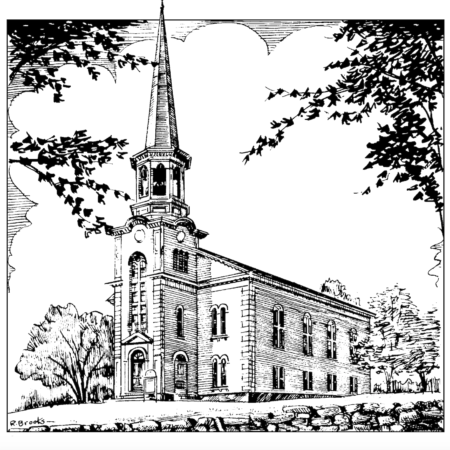Time to See
Luke 16:19–31
19“There was a rich man who was dressed in purple and fine linen and who feasted sumptuously every day. 20And at his gate lay a poor man named Lazarus, covered with sores, 21who longed to satisfy his hunger with what fell from the rich man’s table; even the dogs would come and lick his sores. 22The poor man died and was carried away by the angels to be with Abraham. The rich man also died and was buried. 23In Hades, where he was being tormented, he looked up and saw Abraham far away with Lazarus by his side. 24He called out, ‘Father Abraham, have mercy on me, and send Lazarus to dip the tip of his finger in water and cool my tongue; for I am in agony in these flames.’ 25But Abraham said, ‘Child, remember that during your lifetime you received your good things, and Lazarus in like manner evil things; but now he is comforted here, and you are in agony. 26Besides all this, between you and us a great chasm has been fixed, so that those who might want to pass from here to you cannot do so, and no one can cross from there to us.’ 27He said, ‘Then, father, I beg you to send him to my father’s house— 28for I have five brothers—that he may warn them, so that they will not also come into this place of torment.’ 29Abraham replied, ‘They have Moses and the prophets; they should listen to them.’ 30He said, ‘No, father Abraham; but if someone goes to them from the dead, they will repent.’ 31He said to him, ‘If they do not listen to Moses and the prophets, neither will they be convinced even if someone rises from the dead.’”
Historical Context
Unlike other parables, this one does not stay in the realm of first-century village life. It spans this life and the next. It is realistic in its portrayal of the vast gap between rich and poor. The phenomenon of the poor waiting for crumbs at the doors of the rich is a detail taken straight from first-century life. It is strange in that the reversal of fortunes it depicts, contradicts the widespread belief that wealth was a sign of God’s favor and poverty a sign of sin. The story reflects the ancient belief that the righteous and the wicked can see each other after death.
Theme: Time to See
Where does Luke intend the audience to see itself in this parable? We are those five siblings of the rich man. The five siblings who are still alive have time to open their eyes. They have time to see the poor people at their gates, before the chasm becomes permanent.
We who are still alive have been warned about our urgent situation, the parable makes clear. We have Moses and the prophets; we have the scriptures; we have the manna lessons of God’s economy, about God’s care for the poor and hungry. We even have someone who has risen from the dead. The question is: Will we — the five sisters and brothers — see? Will we heed the warning, before it is too late?
Interestingly, it’s the poor man who is given a name, while the rich man remains nameless. There are so many biblical stories where characters are unnamed. People who are considered unimportant to a community don’t have memorable names.
But in this parable, Jesus chooses to give Lazarus a name and to let the rich man remain nameless. Turning things upside down.


0 Comments